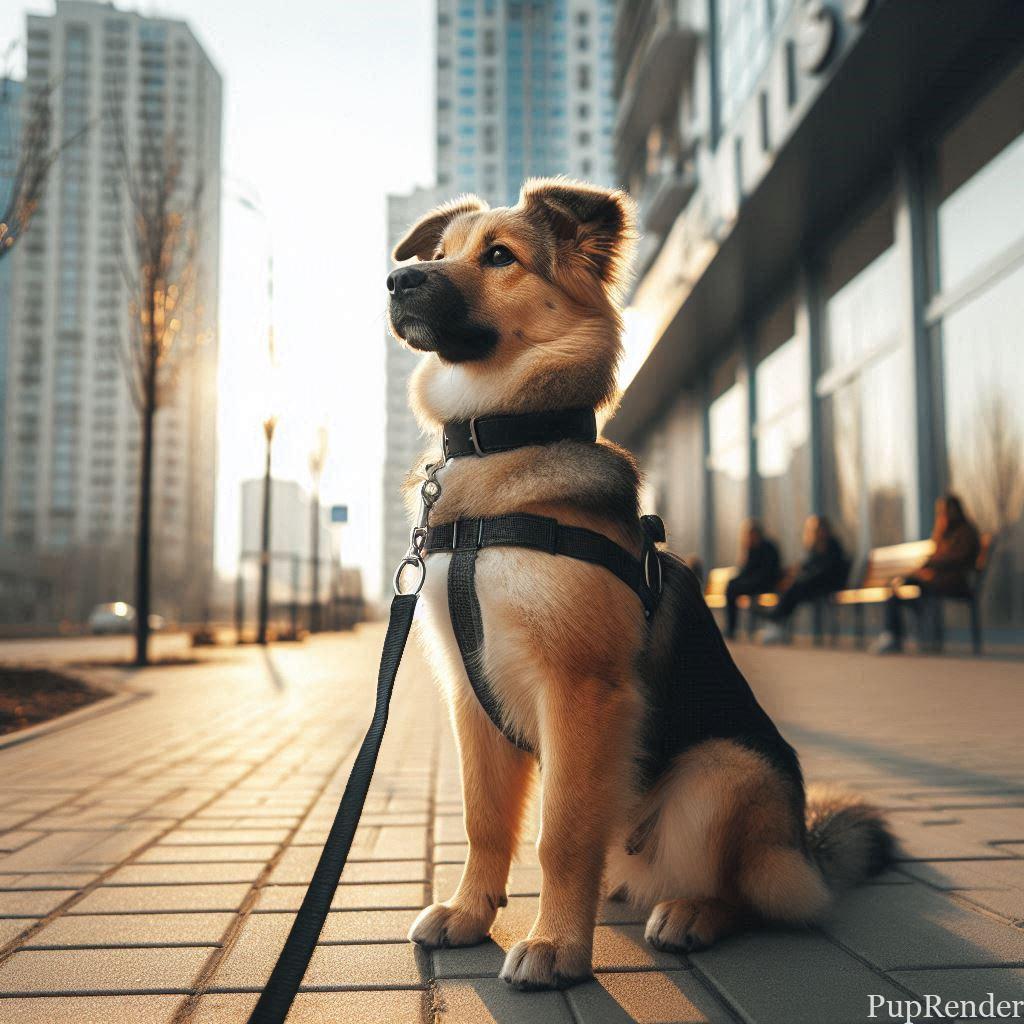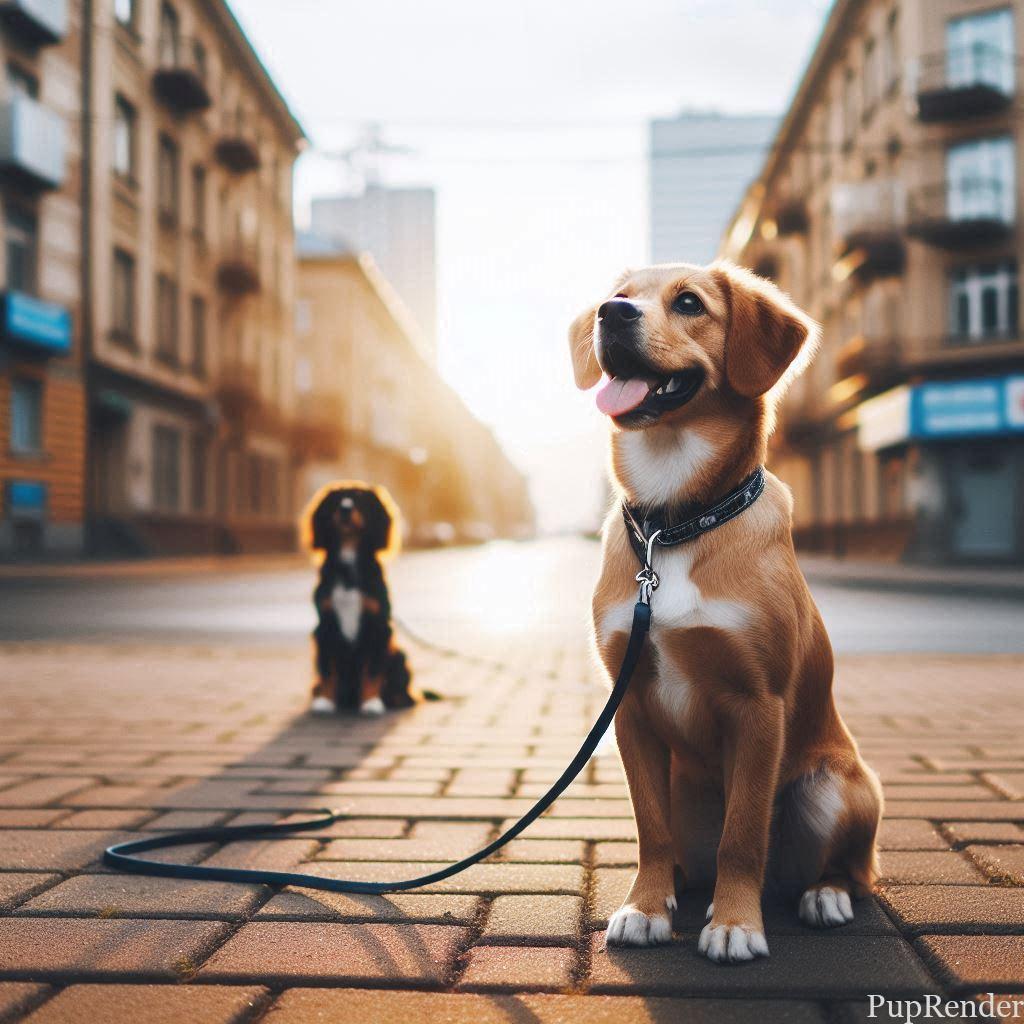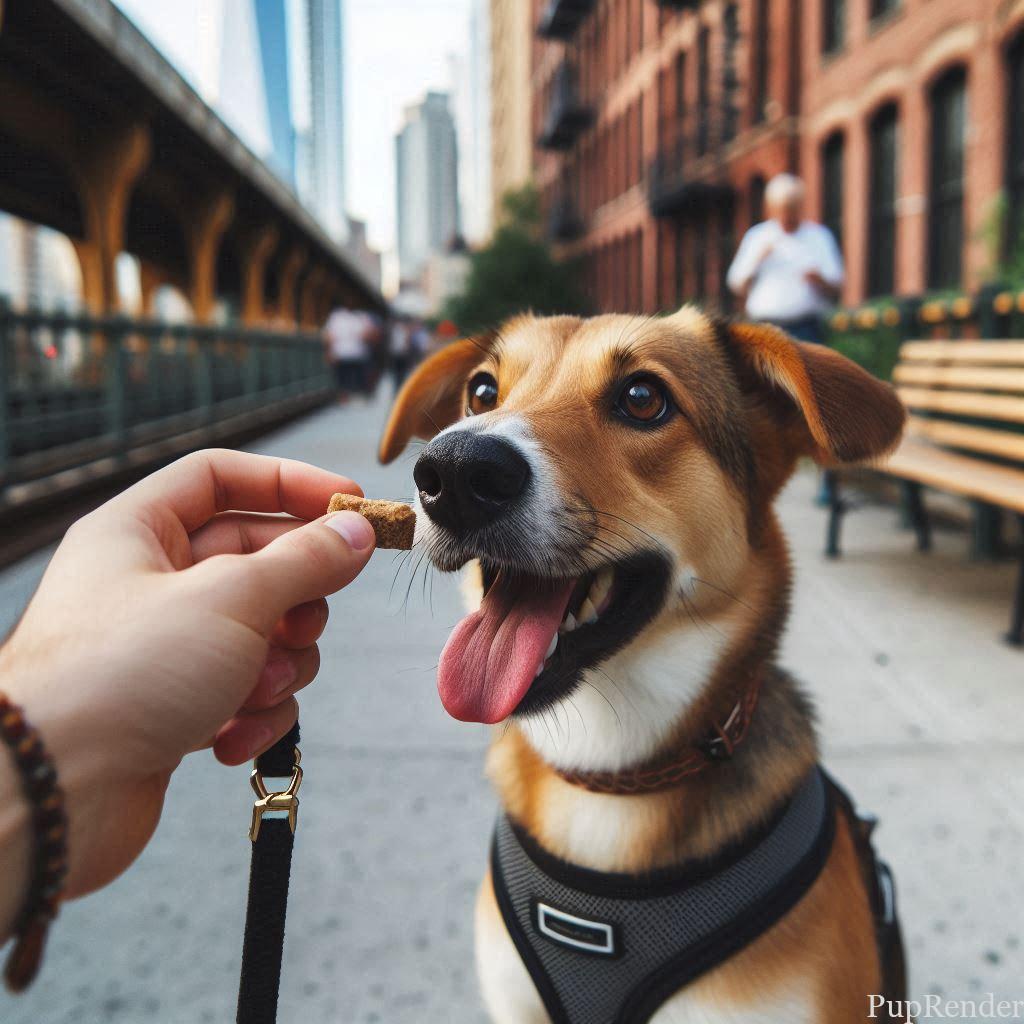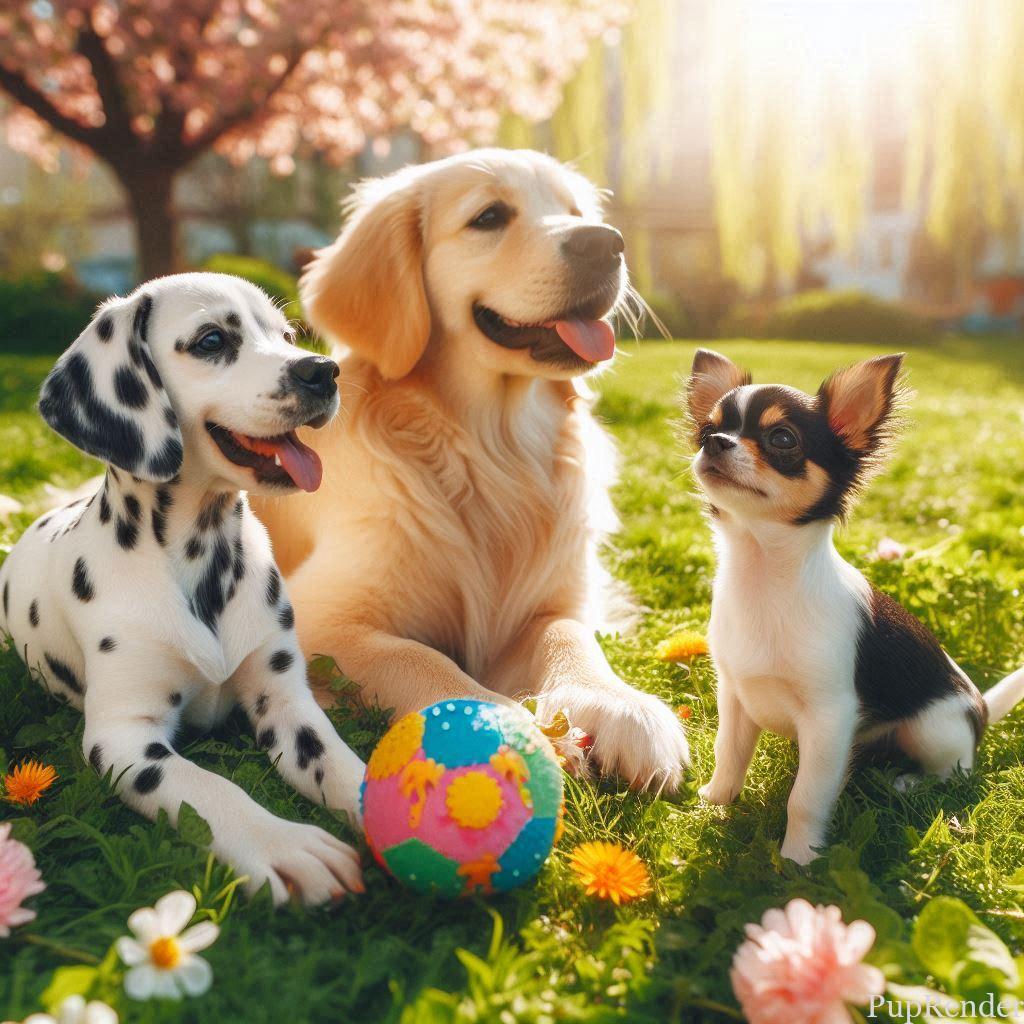How to Teach Your Dog to Behave Around Other Animals
Introducing your dog to other animals can be a daunting task, especially if you want them to be calm, friendly, and well-behaved. Whether it’s a trip to the dog park or a walk in the neighborhood, teaching your dog how to interact appropriately with other pets is crucial for their safety and your peace of mind. In this post, we’ll explore some effective techniques to help your dog learn to behave around other animals, ensuring enjoyable and stress-free outings for everyone involved.
1. Start with Basic Commands
Before introducing your dog to other animals, make sure they have mastered the basics, such as “sit,” “stay,” and “come.” These commands form the foundation of good behavior and give you more control over your dog’s actions.
For more tips on teaching basic commands, check out our post on Essential Training Tips for Every Dog Breed.

2. Gradual Introductions are Key
Introducing your dog to other animals should be a gradual process. Start by letting them observe other pets from a distance. Gradually decrease the distance while maintaining a calm and positive demeanor. This helps your dog become accustomed to the presence of other animals without feeling overwhelmed.

Consider reading our guide on How to Introduce a New Dog to Your Household for more strategies on gradual introductions.
3. Reinforce Positive Behavior with Treats
Use positive reinforcement techniques to reward your dog for calm and friendly behavior around other animals. Treats, praise, and gentle petting are great motivators that encourage your dog to repeat good behavior.
For more ideas on positive reinforcement, you may find our post on The Ultimate Dog Training Tips No One Told You helpful.

4. Understand Your Dog’s Body Language
Learning to read your dog’s body language is vital. It helps you recognize signs of anxiety or aggression early on. Look out for stiff posture, raised fur, or a tail held high and still. Knowing these signals can prevent unwanted incidents and help you intervene appropriately.
For more insights, visit our post on Understanding Your Dog’s Body Language.

5. Socialize Early and Often
Early socialization is essential for preventing behavioral issues later in life. Expose your dog to different environments, people, and animals while they’re young to help them become well-rounded and confident.
For additional reading, check out our post on The Benefits of Early Socialization for Puppies.

6. Know When to Seek Professional Help
If your dog shows signs of aggression or extreme fear around other animals, it may be time to consult a professional dog trainer or behaviorist. This ensures you’re using the best methods tailored to your dog’s specific needs.
For more on handling aggressive behaviors, read our post How to Deal with a Dog’s Aggression Towards Other Animals.
Friendly, Social Dog
Teaching your dog to behave around other animals is a journey that requires patience, consistency, and the right approach. With the tips above, you’re on the right path to fostering positive experiences for your dog and the other animals they encounter.
For additional expert advice, see ASPCA’s Tips on Dog Behavior.





